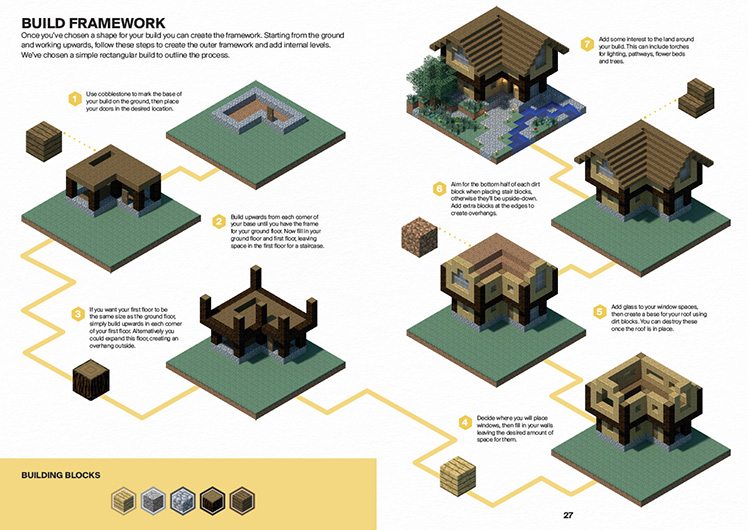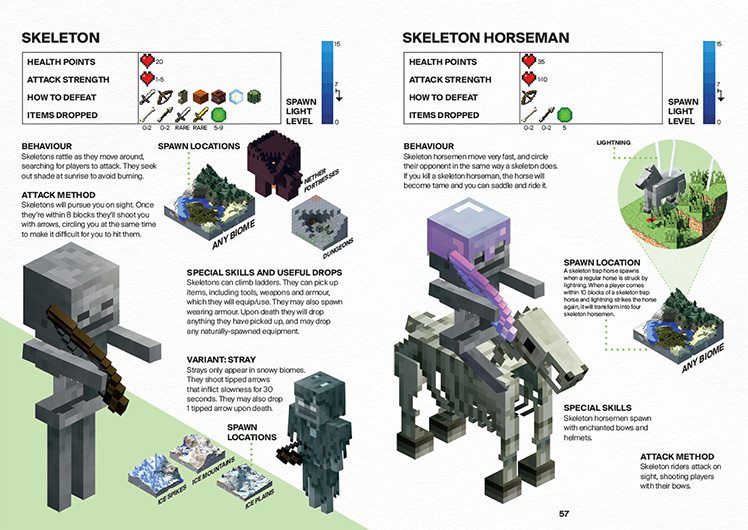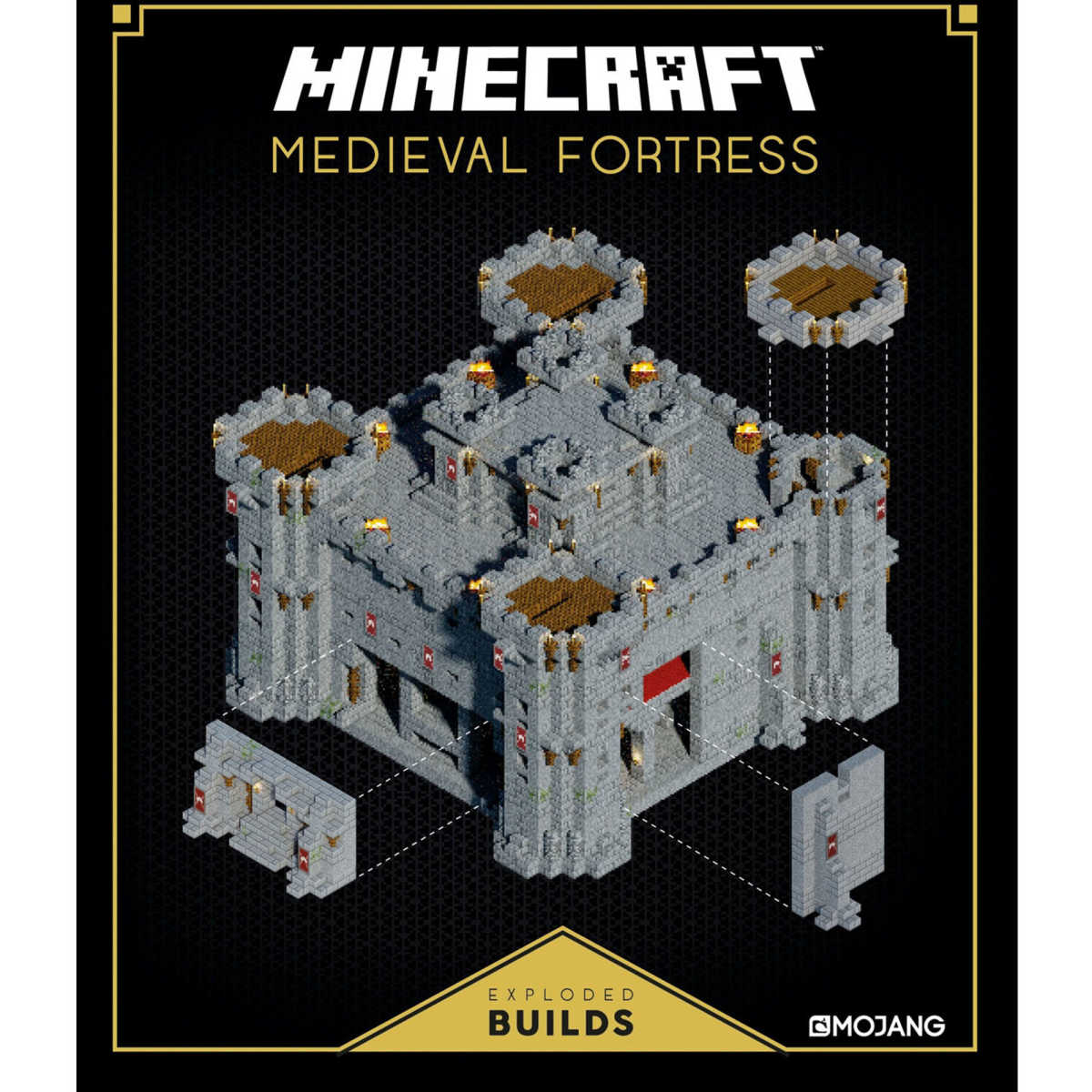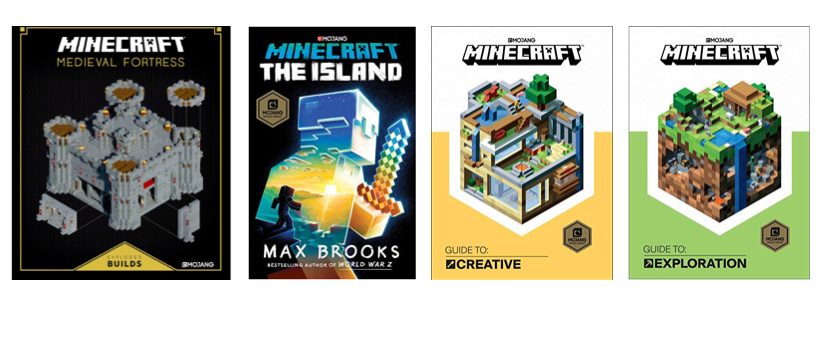Just a few weeks ago, I hosted my 3rd annual Minecraft camp at my two boys’ school. While I do make an attempt to teach them some things (such as creating 3D models with CAD software and then pulling them into a Minecraft world), let’s be honest… it’s all about playing Minecraft. The campers swap server addresses (after I check them out, of course) and play a wide range of games that include Bed Wars, Murder Mystery, Sky Wars, Build Battle, and Egg Wars. PvP is a huge thing with Minecraft, and the eighteen kids in my camp were constantly changing teams and creating new alliances… it was insane. But fun. Always fun.
I do love Minecraft. I’ve played it since its original release, and I am amazed at all the new features and surprises that the updates have brought to the original and simple ‘mining’ game. I pay a few bucks each month (to MCProHosting) to have my own server where I can play in multiplayer with my boys and their friends. I change the world map every few months, but one thing never changes — my worlds are ALWAYS Survival. I enjoy the challenge of being dropped into a random world and having to scrounge for those initial bits of wood and stone to get some weapons made, a small homebase, and maybe enough wool to craft a bed so I can jump straight to the next sunrise. My boys and I have developed a great little team where one of us typically goes hunting for food, another fashions tools and weapons, and another gets to work on a house or a small base in the side of a mountain. Every game is slightly different, and we don’t use cheats. No teleporting to another player if you get lost. No admin commands to give food or supplies to someone who is starving or low on health.
My boys love their multiplayer PvP servers, but they continually return to me every few weeks to join me in mining for iron and redstone and diamonds. And during my camp, I was pleasantly surprised to find a number of campers requesting that I start a new world and we all work together to gather supplies and survive. Some of these campers were new to Minecraft (or at least very inexperienced) and didn’t know their way around Minecraft. For those campers, I had a nice stack of books and magazines that I’ve collected over the year for them to borrow and get up to speed. Many of these books and magazines are old or out of date (in terms of game updates changing things), but I did have a number of new resources that are incredibly useful to both veterans and novices, and these books were passed around constantly and (in some instances) borrowed overnight and returned the next day.
Four of the books had two things in common:
- They were focused on Minecraft
- They had stickers on the covers with the words “Mojang Official Product”
This is a big deal — there are tons of resources out there, but most of them are third party offerings. The four books below are all from the crew at Mojang. And they are EXCELLENT. I’ve read them all, cover to cover, and I cannot recommend them enough. Three are references-style and the fourth is a fictional story that should be required reading for all students… whether they know, love, or hate Minecraft. (And I’ll explain why shortly.)
If you have a son or daughter who loves Minecraft, these books are sure to make them smile. The new Guide To: series (four books are listed – two are out now, two are coming) have some amazing artwork and layouts that do an incredible job of relaying useful information in a fast and easy to follow method. But let me go over each of the four books individually so you’ll have a better idea of which might be useful to your player… or even yourself!

If you’re not familiar with Minecraft, it has a number of game modes that a player can choose. The basic mode is Survival, where the player must hunt for food and create shelter and tools and weapons and mine and gather materials to create things. This book isn’t about that — it’s about another mode called Creative that lets a player simply create. They get all the blocks, all the materials, and they can’t die from hunger or being attacked by some of the dangerous critters that inhabit the world. Creative is extremely popular because players are given a palette of hundreds of materials to build all sorts of things — bases, castles, houses, amusement parks (with carts they can ride in), and much more.
This 96-page, full-color book offers up advice on planning, decorating and building all sorts of things. There’s good info in here on the various Biomes (over a dozen types of terrain such as Forest or Swamp or Jungle) and the pros and cons of building there. There are tips on using different materials to accomplish goals related to color or strength, and plenty of details related to creating structures that are logical and can actually be used by other players. One of my favorite sections, for example, provides a substantial amount of detail on creating an underwater Ocean Observatory. From the blocks to use, to the side and floor layout schematics, the details were enough to get me started building my own custom observatory.

The amount of info available here is easy to remember and can be immediately put into play. Creative mode is my youngest son’s (age 7) favorite mode… he gets a little anxious at times worrying about finding food or creating a shelter before the night comes and the Zombies and Skeletons arrive, so it’s not surprising to me that he likes the low-risk and high reward that Creative offers. He read the book in a single sitting (which is NOT normal for him), and then ran (RAN!) to my wife’s laptop to start working on his super-secret base.
The Creative book is the first of four (that I know of) books in this Guide To: series, and I believe it will probably be the most popular of the four books with younger players. For players looking for a greater challenge, however, they’ll probably prefer Survival mode, and for that the other currently available book, Guide To: Exploration is a great resource.

Just like the Guide To: Creative book, this 96-page book offers up plenty of advice and how-to details in a colorful and engaging manner. This book, however, is all about the things a player will encounter as he or she moves out and explores the unknown world. All the baddies are covered (such as the Creeper and Elder Guardian), plus the friendly Villagers and the animals that can serve as food and/or protection.
Each Biome is covered in much greater detail (compared to the Creative book), and a solid Day One and Day Two set of steps is provided with specifics that ensure you don’t waste time mining or hunting resources before the sunlight disappears. There are details on farming and mining and combat, all areas that a Survival player will need to master to survive and thrive. Ever been lost in Minecraft? There’s good info on finding your way home and creating a compass and maps.

Much of the information in this book is stuff that more experienced Minecraft players will have already discovered, so this book is definitely geared towards new players (or younger players). The step-by-step instructions are helpful and use real screenshots of tools such as the Crafting Table so novices can figure things out fast and easy. The specifics on the baddies (called Hostile Mobs) include ways to beat them and the resources they will sometimes drop, plus the most likely places to encounter them (or not).
All in all, I’m quite pleased with both of these first two additions to the Guide To: series, and I’m looking forward to the next two books in the series. (Guide To: Redstone releases in October 2017 and Guide To: The Nether and The End releases at the end of August 2017.)
Minecraft Exploded Builds: Medieval Fortress

This new Minecraft book is OUTSTANDING. Minecraft Exploded Builds sounds like a new series, and I certainly hope that’s the case based on what I read and saw in this 75-page book filled with full-color steps to create not just the fortress/castle that includes Turrets, Outer Wall, Portcullis, Castle Keep, Throne Room, Barracks, Enchanting Room and Dungeon but also the various village structures — Village House, Market Square, Traveller’s Tavern, and Cathedral.
Each of the fortress structures gets its own multi-page spread with detailed exploded views to show you inside and outside. Readers are provided with block types and widths (how many blocks high and across), and there are even pages with modifications/upgrades to each structure to consider. Along with the instructions, readers will also gain some knowledge of the various parts of a castle/fortress and their purpose. I actually learned the name of some parts of a castle that I never knew before — do you know what a machicolation is???)

If the reader follows along and builds all of these structures, they will have an incredible base to operate from either in Creative or Survival mode, single or multiplayer. The book also includes Finishing Touches, discussions for enhancing structures with some stylish additions such as Flags, Beacons, Carts, Guard Posts, and more. And when the fortress is done, readers will find some really sneaky traps to add to discourage unwanted visitors — Lava Trap Room and the Arrow Gauntlet are just two of the surprises that readers can spring on others!
At the end of the book is a double-sided three-page foldout with the fortress and village shown in daylight on one side and in darkness on the other. It’s an amazing sight to see, and very inspiring. I really hope that Mojang continues this Exploded Builds series by offering up some more themed books – my oldest wants an Amusement Park and my youngest pondered for a while and came up with Haunted House. Whatever the theme, another book in this series will be a great resource for all levels of player.
Minecraft: The Island (ages 8-12)

Even if you or your child does not play Minecraft, I’m going to go ahead and recommend the new Minecraft: The Island as a book of value. The reader does not need to have played Minecraft to enjoy this story of an unnamed survivor (I’ll call him The Survivor) who finds himself swimming towards an island with no memory of who he is or how he got there. But anyone who has played Minecraft will recognize the setup — it’s Survival mode!
Written by Max Brooks (author of World War Z), this 270-page book offers up a truly inspiring story for all ages. The Survivor finds himself in a strange land — a square sun, odd looking animals, and his own painted-on clothing! He’s hungry, he’s scared, and he’s confused. But he knows one thing — he must survive if he wishes to figure out what has happened. And that need to survive forces him to recall a number of rules to live by and to change the way he behaves in an unknown and dangerous environment.
Once The Survivor gets a grip on his situation, he begins to realize that the island does have rules. Some things work the way he expects… others do not. But as he begins to figure things out, he starts to develop his own methodology. It starts out with just three steps — PLAN, PREPARE, and PRIORITIZE. By the end of the book, he’s expanded his Way of the Cube to include PRACTICE, PATIENCE, and PERSEVERE. Using these steps, The Survivor develops a list of “What I’ve Learned” from his experiences on the island — 36 of them that include good advice such as “Just because the rules don’t make sense to you doesn’t mean that they don’t make sense” and “Too much confidence can be as dangerous as having none at all.” (I’m particularly fond of the lesson he learned to develop this one — “Just because someone doesn’t look like you doesn’t automatically make them an enemy.”)
I mentioned earlier that the book should be required reading, and I mean that — there are some solid life lessons to be learned from following along with The Survivor as he learns about the world of Minecraft and what it takes to survive. The book is obviously written for kids, but I enjoyed every page of it. I don’t know if young readers will take something from all 36 tenets (listed in the back of the book, by the way), but even if my boys understood a few of them and how they can be applied to their real life, I would be happy. Brooks has done something amazing here — he’s taken a well-loved game and incorporated the game’s mechanics into a story that will be relevant long after Minecraft is gone and forgotten. (Which is unlikely to occur in my kids’ lifetime.)
Whether you’ve got a young reader who is familiar with Minecraft or not, you won’t be disappointed with the messages this book delivers about life’s ups and down and how to respond. Five stars.




